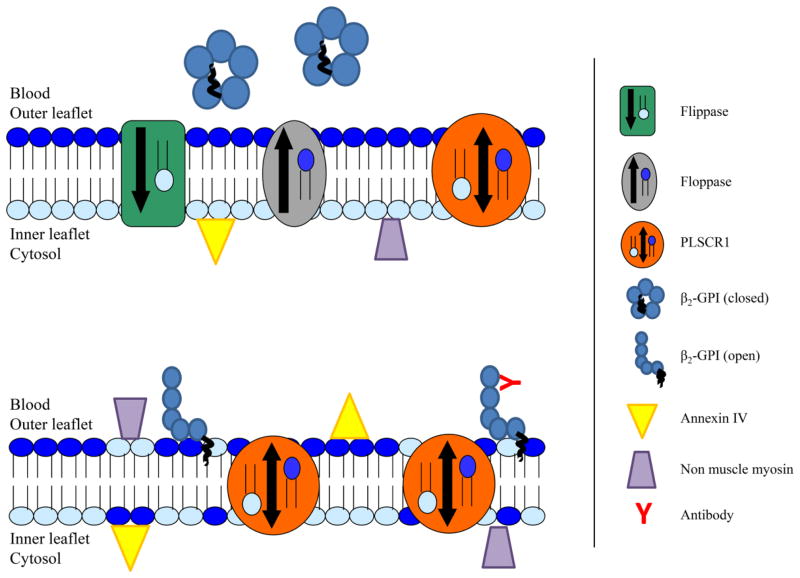Figure 4. Proposed model of early events in the pathogenesis of IR-induced injury.
During normoxia, the asymmetry of the bilayer is maintained by flippases, floppases and scramblases. The neo-antigen β2-GPI circulates in a closed conformation and annexin IV and non-muscle myosin, additional neo-antigens, remain intracellular. Upon oxygen deprivation (ischemia or hypoxia) PLSCR1 is activated and the bilayer asymmetry disrupted with translocation of anionic phospholipids such as PS to the outer leaflet. Upon binding anionic phospholipids, β2-GPI adopts an open conformation exposing an epitope for antibody binding which can serve as a trigger for initiation of the complement cascade and inflammatory responses. The intracellular neo-antigens may also be exposed to the extracellular environment as a result of PLSCR1 activation.

